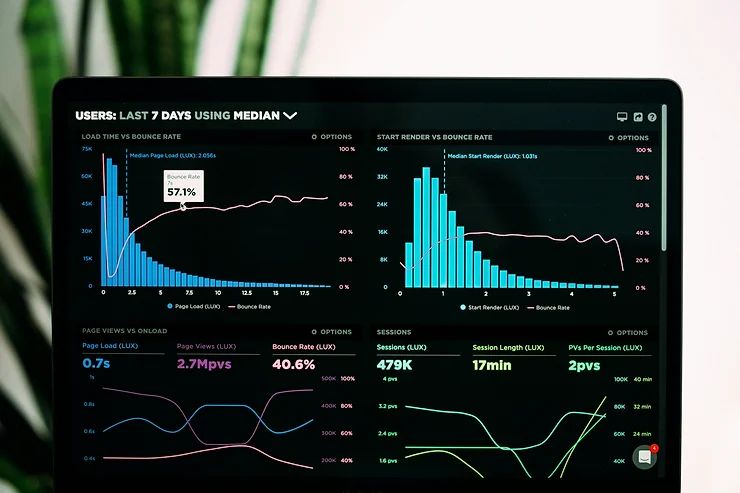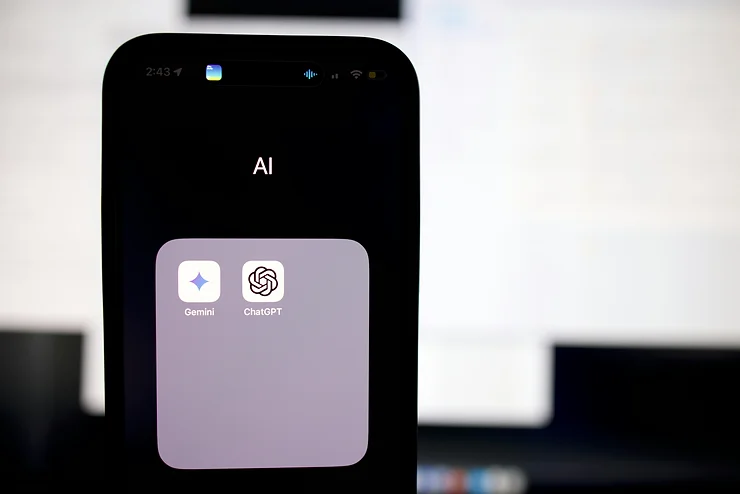
- October 15, 2024
AI | What Are the Pros and Cons of AI?
Artificial intelligence’s (AI) risks have long been a popular plot element for novelists and screenwriters, yet fiction rarely does justice to the technology.
Although some companies are striving to build the Hollywood ideal of sentient robots, AI is most commonly employed in far less obvious ways, such as automating factory production, improving business procedures, or simply recommending our next online buy.
Popular voice assistants like Alexa and Cortana from Microsoft might likewise skew consumer perceptions of AI. They are the embodiment of a technology that is significantly more complicated than it appears. Alexa, on the other hand, has shown how AI might have unexpected consequences in our society. In this blog, we shall learn about some of the pros and cons of artificial intelligence.
The pros of AI
We should anticipate AI to take over the consumer, commercial, and public sector landscapes in the next years, with many experts forecasting that we will soon be surrounded by IoT gadgets capable of speeding up difficult processes while also doing boring ones. Many of AI’s advantages will be centered on the workplace.
Improved efficiency
Data is now as crucial to business as oil once was, and it’s critical to handle it precisely and fast in order to get real-time results. DeepMind is using this form of artificial intelligence to identify sight-threatening eye disorders with the same level of precision as the world’s finest clinicians.
Their research, conducted in collaboration with UCL’s Institute of Ophthalmology and London’s Moorfields Eye Hospital, might pave the way for AI systems to be implemented in hospitals across the UK. Doctors may spend less time examining thousands of eye scans and identify patients in seconds thanks to the AI system.
Eradicating human error
Even the most capable people can make mistakes, whether it’s due to a gap in attention or a simple oversight. These idiosyncrasies, on the other hand, are not visible in an artificially intelligent machine designed to do a specific task.
Smart technology
Many smart technologies and environments will rely on an AI machine’s capacity to interpret big data sets fast and accurately. Many high-end smartphones, for example, already have AI running in the background, continually modifying the phone’s settings for optimal performance or battery life.
The cons of AI
Every act of good that a new or old technology provides can be turned around and exploited for malicious purposes, or just have negative side effects. In this regard, AI is no different. Now let’s have a look at some of the cons of AI.
Decision-making AI in the workplace
Certain AI programs appeal to CEOs trying to add value across their organization because of their speed and efficiency.
IBM’s Watson has been used to determine if employees are deserving of a salary raise, a bonus, or a promotion by analyzing their experience and past projects to assess the qualities and skills that they might bring to the organization in the future.
The use of decision-making software in this manner has raised some concerns. The Trades Union Congress, which represents the majority of UK trade unions, recently asked for legislative measures to protect employees against this type of technology. Before implementing such systems, employers should consult with labor unions, according to the report.
Job losses
The number one disadvantage of AI is that it can replace human labor, potentially ending in mass layoffs as employees struggle to outperform machines.
While this doom-and-gloom scenario is popular, Gartner expects that AI will generate more employment than it consumes. According to a study published in 2017, AI is expected to produce 2.3 million jobs by 2020 and eliminate 1.8 million more.
According to a new PwC report, AI will create as many jobs as it eliminates. The new technology, however, would have an uneven impact on industries, according to the paper.
Whereas sectors like healthcare and education are expected to benefit, jobs in labor-intensive industries like manufacturing and transportation are expected to shrink the most.
Human error
Although AI can completely eliminate human error from processes, bias and prejudice can still exist in the code. Because the technology is mostly algorithm-based, it can be programmed to have a negative influence on particular groups and discriminate against individuals.
Conclusion
When it comes to AI, there is a lot to be optimistic about. Individuals and organizations must, of course, be aware of the risks associated with any new or developing technology that has the potential to disrupt. However, being aware of the drawbacks does not imply that you are blind to the benefits. Decision-makers have been urged not to do so, or they risk losing out on the rewards available.










